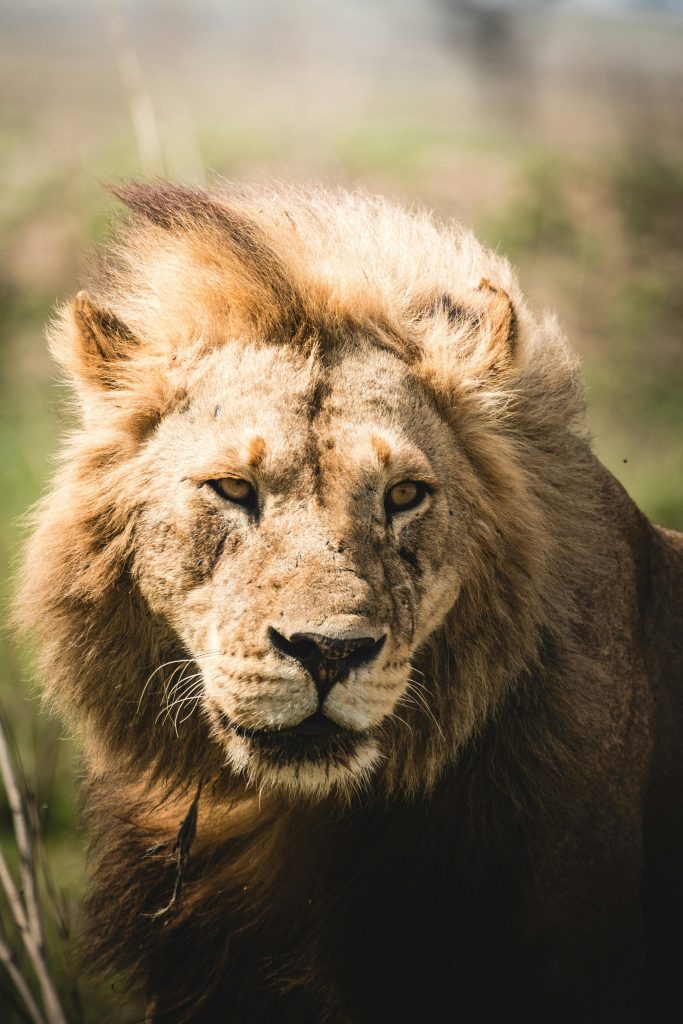Tanzania
The Very Best Time to Have a Safari Trip
The best time for a safari trip in Tanzania largely depends on what you want to see and experience. Here’s a detailed breakdown:
1. Dry Season (June to October)
Highlights:
- Best wildlife viewing opportunities as animals congregate around water sources.
- Clear skies and minimal rainfall make it ideal for game drives and photography.
- The Great Migration occurs in the Serengeti, especially the dramatic river crossings in July-August.
- Cooler temperatures, particularly in the evenings and early mornings.
Popular Parks:
- Serengeti National Park (for the Great Migration).
- Tarangire National Park (large elephant herds).
- Ngorongoro Crater (diverse wildlife).
Downside:
- Peak tourist season, so parks can be crowded, and prices for lodges and tours may be higher.


2. Wet Season (November to May)
Green Season (November to December):
- Short rains, but safari is still possible.
- Lush landscapes and fewer crowds.
- Excellent bird-watching opportunities due to migratory birds.
- Wildebeest calving season (January-February) in the southern Serengeti, attracting predators like lions and cheetahs.
Heavy Rain Season (March to May):
- Heavy rains may make some roads difficult to navigate.
- Fewer tourists and lower prices.
- Beautiful scenery and dramatic skies for photography.
Popular Parks:
- Southern Serengeti (for calving season).
- Lake Manyara (flamingos and tree-climbing lions).
Recommendations
- For General Wildlife Viewing: June to October.
- For the Great Migration River Crossings: July to August.
- For Calving Season: January to February.
- For Fewer Crowds and Budget-Friendly Trips: March to May or November to December.
